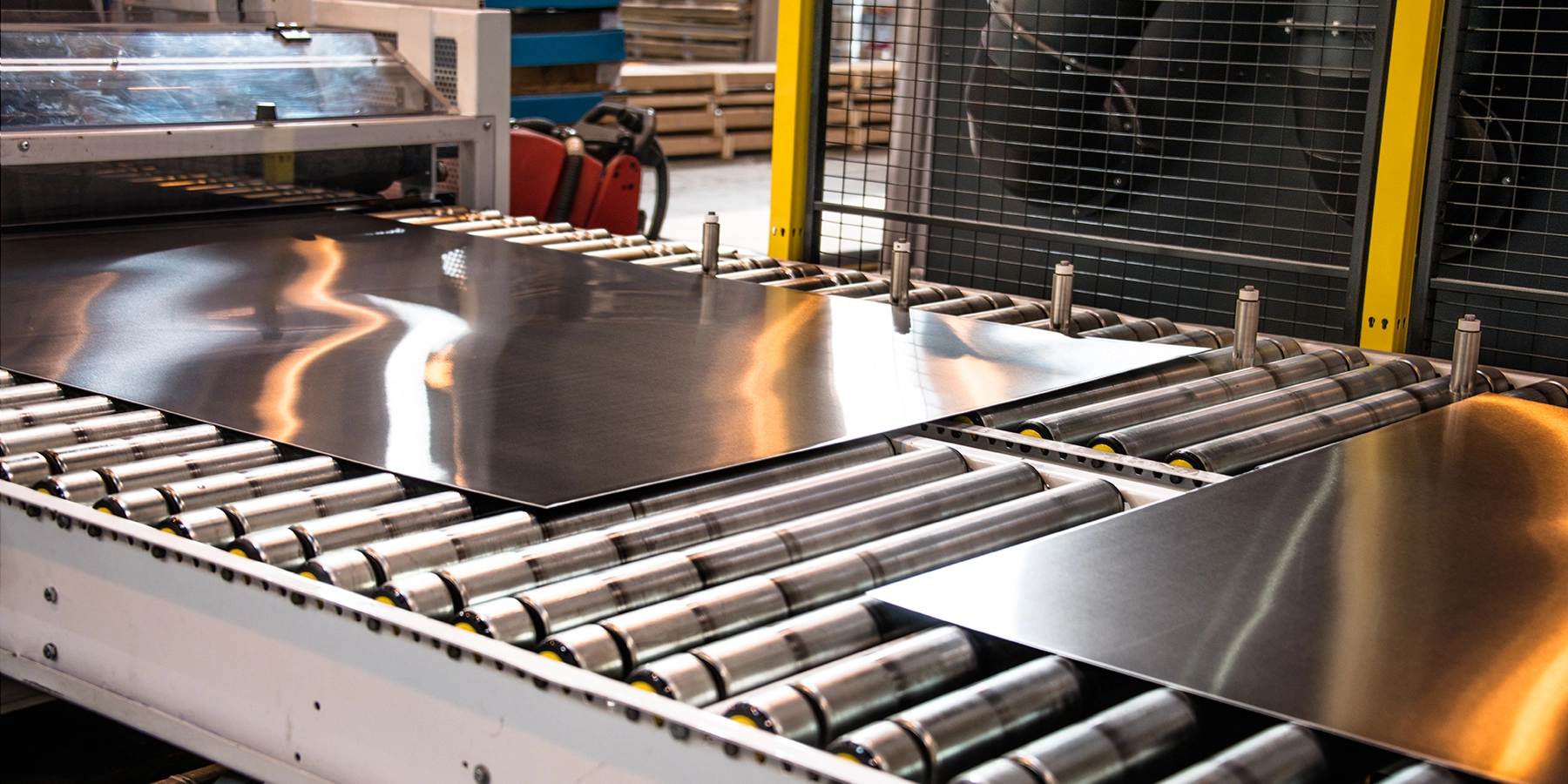Industrial Applications of Stainless Steel Sheets (Food and Pharma)
Stainless steel sheet is an indispensable material in many modern industries. In particular, the food processing and pharmaceutical industries rely heavily on stainless steel sheets for equipment, surfaces, and structures. In this article, we focus on why stainless steel is the material of choice in these sectors and how stainless steel sheets fulfill the strict requirements of food and pharma applications.
Use of Stainless Steel in the Food Industry
Food safety and hygiene are top priorities in the food and beverage industry. Stainless steel’s unique properties make it ideally suited for food processing environments. Grades like 304 and 316 stainless steel are considered “food grade” because they do not react with food, are easy to clean and sterilize, and resist corrosion from acids or salts present in food products.
Common uses of stainless steel sheets in food processing facilities include work tables, conveyor belts, mixing tanks, ovens, and processing equipment enclosures. For example, stainless steel sheet is used to fabricate storage tanks for dairy, brewing, and other beverages, as well as food preparation surfaces like cutting tables and counters that must be kept sanitary. The smooth surface of stainless steel does not harbor bacteria and can withstand repeated wash-downs with hot water and strong cleaning agents.
Among stainless steels, 316 stainless steel is often used in food processing when contact with salty or acidic foods is expected, because 316’s higher corrosion resistance (due to molybdenum) provides extra assurance against any contamination. However, 304 stainless steel is also extremely common for most equipment, as it meets regulatory requirements and is cost-effective for general use. Even grade 430 (a ferritic stainless steel) can be found in some food equipment where slight magnetism is not an issue and lower cost is desired.
Use of Stainless Steel in the Pharmaceutical Industry
In pharmaceutical manufacturing, the standards for cleanliness and corrosion resistance are even more stringent. Pharmaceutical equipment must endure constant sterilization, exposure to chemicals, and ultrapure water without shedding particles or rust. For this reason, 316L stainless steel (low carbon 316) is the predominant material for pharmaceutical-grade stainless steel sheets and components.
Stainless steel sheets are used to build reactor vessels, mixing tanks, pill processing equipment, and even the interior surfaces of sterile rooms. The non-porous, smooth finish achievable on stainless steel (for example, electropolished finishes) prevents bacterial growth and makes validation cleaning much easier. Additionally, stainless steel does not chemically react with pharmaceutical products, ensuring product purity.
Just like in food processing, stainless steel’s ability to withstand strong cleaning agents and steam sterilization without corroding or leaching is crucial. Any compromise in material could lead to contamination or batch loss, so high-quality stainless steel sheet is the standard choice. The use of low-carbon versions like 316L helps prevent any risk of sensitization (carbide precipitation at welds) which could lead to corrosion over time.
Elevate your projects with our superior steel –
contact us today to secure your supply and forge success together!
CONTACT US Other Industries and Applications
While food and pharma highlight the hygienic benefits of stainless steel sheets, many other industries also take advantage of stainless steel’s properties. In the chemical industry, stainless steel sheet is used for corrosion-resistant linings and equipment. In medical devices, stainless sheets form surgical equipment and hospital hardware. Even in architecture and construction, stainless steel sheets are used for cladding and fixtures where durability and aesthetics are required.
These examples underscore that stainless steel’s combination of strength, corrosion resistance, and cleanliness makes it invaluable across sectors. Whenever there is a need for a material that can handle moisture, chemicals, and frequent cleaning — all while maintaining a smooth, sanitary surface — stainless steel sheet is likely to be the answer.
For more information on selecting the right stainless steel grade for a given application, you might want to read our 304 vs 316 stainless steel comparison. And if fabrication is involved, consider our guide on welding stainless steel best practices to ensure the material’s integrity remains intact during construction.
CarnoWiseman offers a range of stainless steel sheet products suitable for food-grade and pharmaceutical environments. Our team can help you choose the appropriate grade (such as 304, 316, or 316L) and finish to meet the regulatory and operational needs of your industry. Stainless steel sheets continue to be the trusted backbone of sanitary design in industrial applications, and for good reason.


